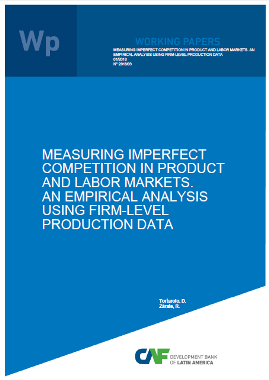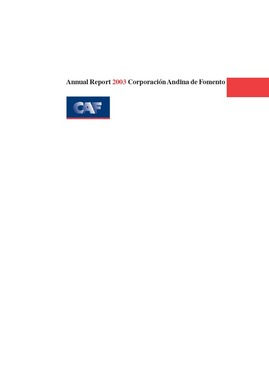Capital Specificity, the Distribution of Marginal Products and Aggregate Productivity
Abstract
This paper studies the role of capital specificity and investment irreversibility on the distribution of marginal products of capital and aggregate TFP. We use a methodology new to the misallocation literature, based on the study of “mobility” across quantiles of a distribution. In a panel of Peruvian firms, we show that persistent dispersion in marginal products is explained to an important extent by the persistence of low marginal products. That is, by unproductive firms that take a long time to downsize. Using a quantitative general-equilibrium model of firm dynamics with idiosyncratic shocks, calibrated to match key features of our data, we argue that the persistence of low marginal products suggests that irreversibility frictions are large. Moreover, it is inconsistent with theories of misallocation based only on financing constraints.
Subject
Country / Region
Date
2017-05-08Cite this publication
Belongs to collection

Author
Lanteri, AndreaMedina, Pamela
Items Relacionados
Measuring Imperfect Competition in Product and Labor Markets. An Empirical Analysis using Firm-level Production Data
In this paper, we develop a simple theoretical model that allows us to disentangle empirically the extent of imperfect competition in product and labor ...
Annual Report 2003
In an international context that started to turn slowly in favor of Latin America’s economies, the year yielded some signs of recovery and a renewal of ...
The Origins of Structural Transformation
The study examines how labor market shocks originating in non-agriculture affect the organization of agricultural production. Using data from Brazil ...





